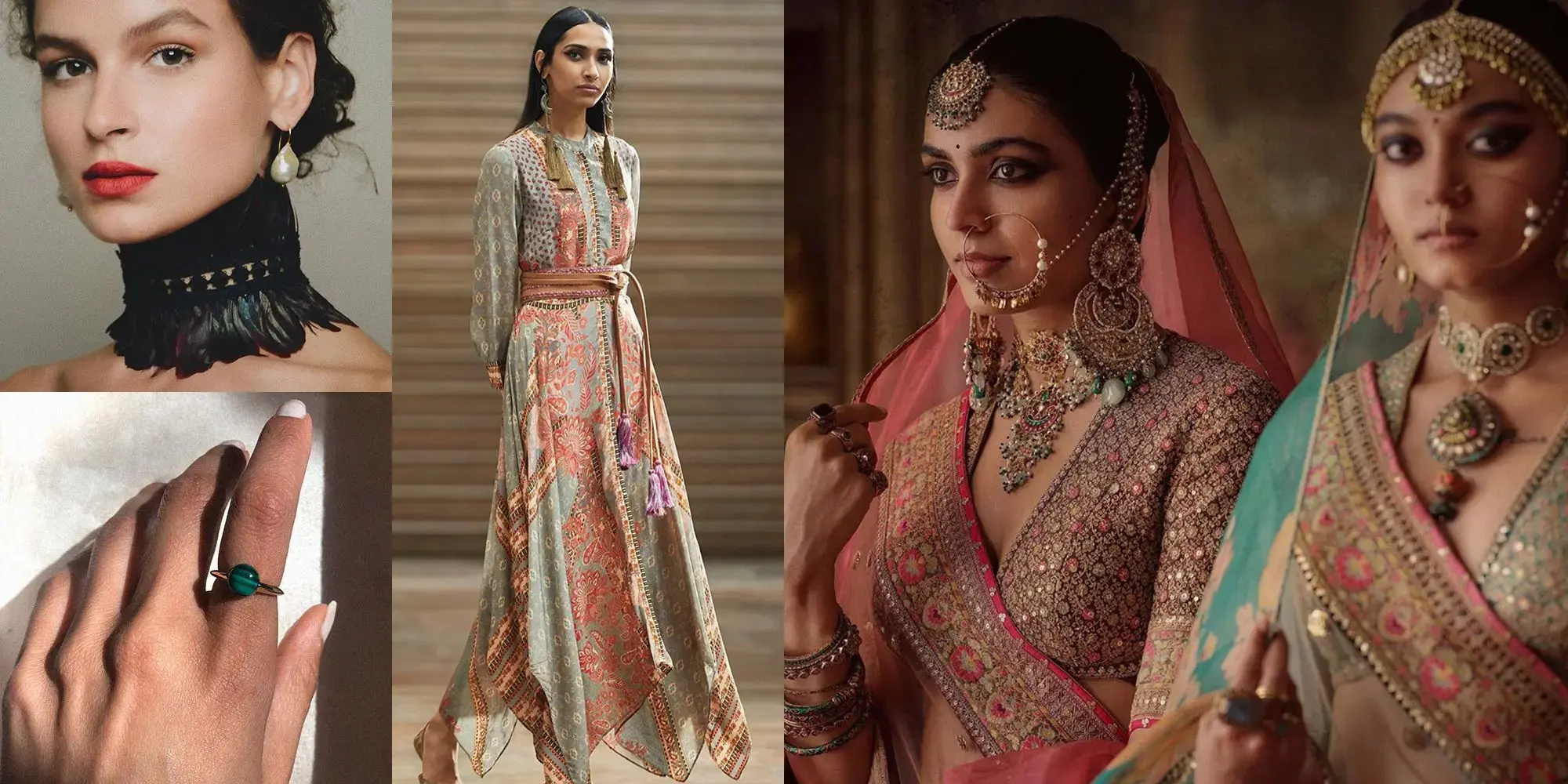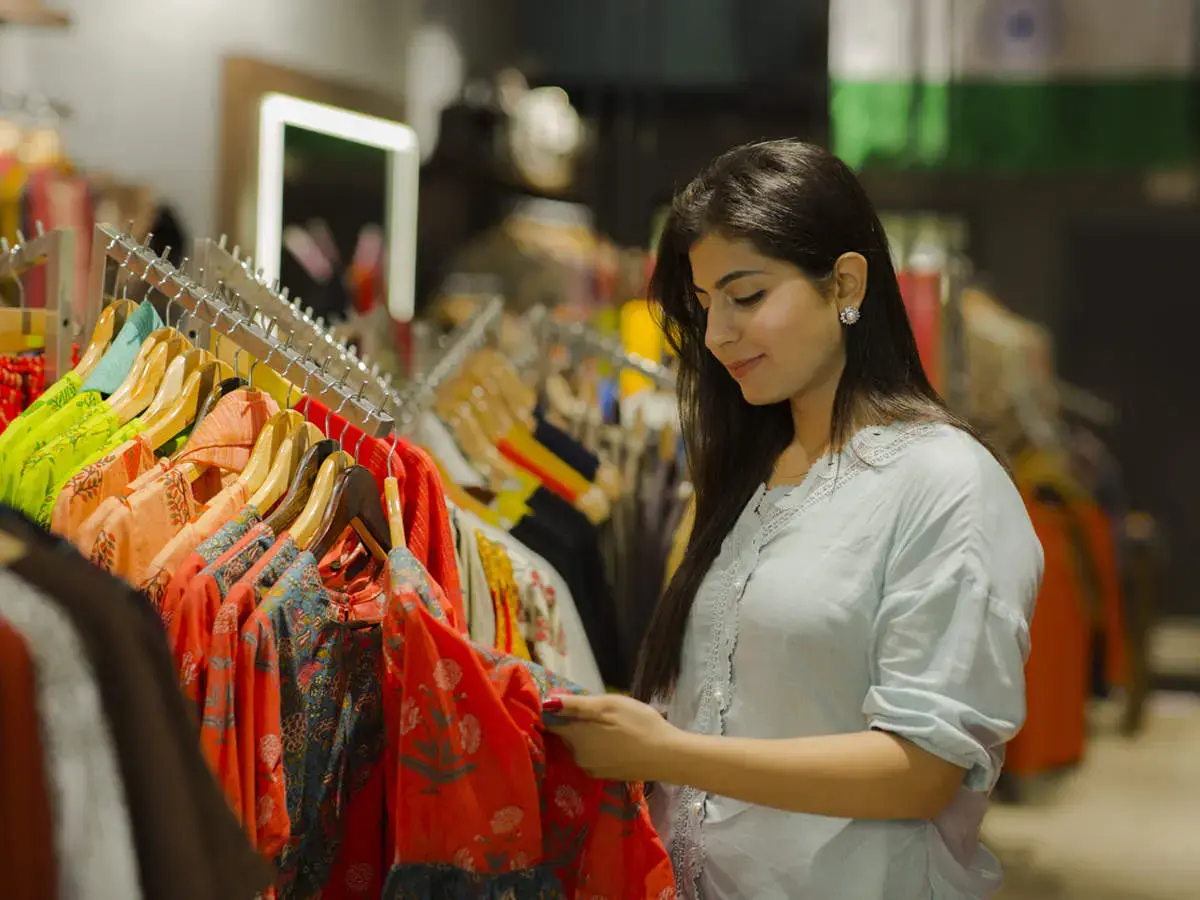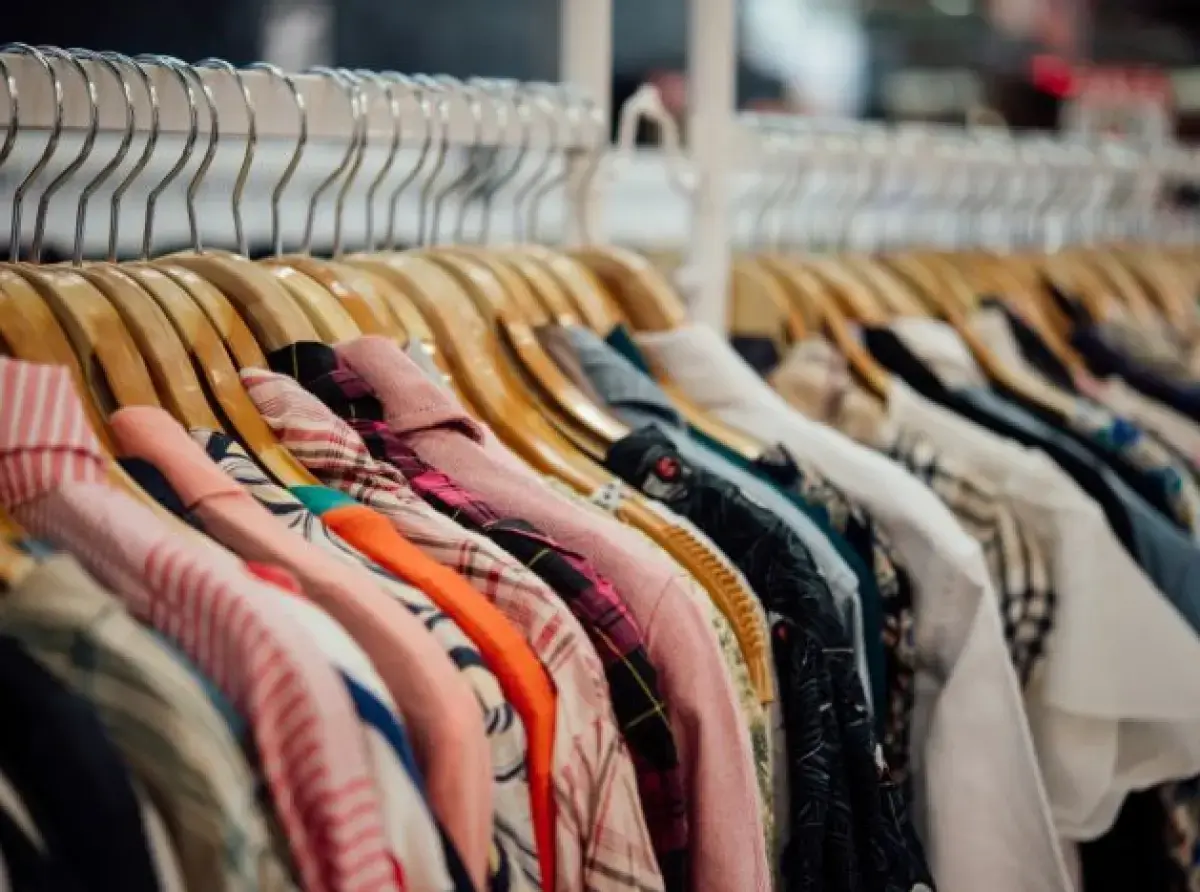India’s Fashion Design Industry: A Comprehensive Overview
- Fashion Design
India’s Fashion Design Industry: A Comprehensive Overview
Contact us
Bengaluru
Campus 1 : JD School of Design, No. 18-1, Brigade Road, Bengaluru,Karnataka – 560 001.
Campus 2 : No. 40, Swan House, 4th Cross, Residency Road, Bengaluru, Karnataka – 560001.
Goa
Musthtifund Saunstha , Near Mahalaxmi Temple,Dada Vaidya Road, Goa-403001
The Indian fashion design business is like a colourful storybook of tradition, novelty and how things change over time. Indian fashion has always been about creativity and adaptation, both historically and currently.
We will travel through time, akin to travelling through history, to witness the Indian fashion of that era. We will look at colonial influences as well as how local designers affect people’s dress codes.
The article will also look at developments in the world of fashion today. The focus here will be on what people are buying, their shopping habits, and why it is significant for them to consider environmental consciousness when manufacturing clothes.
Let us follow through on Indian fashion, right from its inception to where it is going next.
Evolution of the Fashion Design Businesses
The earliest signs of Indian fashion can be found in ancient times, when evidence such as saree draping can be seen in Mauryan Empire art from around 322–187 BCE.
The textile industry started in India, which is famous for its silk and cotton fabrics, long before there was such a thing as the fashion industry. There were complex designs and prints done on silk by the Mughal Empire that made it luxurious and exclusive to only the well-off.
 Cosmopolitan
Cosmopolitan
During the British Raj, blouses, trousers and skirts from the West were introduced to Indian society. Due to economic instability following independence, the fashion industry was small until ino-western style was introduced as the economy stabilised.
Bollywood further developed fashion into popular culture in the 1950s by drawing inspiration from film stars and introducing showy film styles to the public.
Indian fashion had a significant period during the 1980s and 1990s, with companies like Abu Jani, Sandeep Khosla, Tarun Tahilani, and others paving the way for fashion design as a profession.
India Fashion Week took place in Delhi after the Fashion Design Council of India was established in the late 1990s with the aim of promoting world-class Indian designers globally.
Significant figures like Manish Arora came up with “God-printed T-shirts,” or kitsch, while Monisha Jaisingh globalised Kurti.
Indian Fashion Design Market Business Trends
Several factors have contributed to the significant growth and transformation of the Indian fashion market, including changing consumer behaviour, technological breakthroughs, and the influence of social media and influencers.
Now let’s outline some key points for Indian fashion design businesses:
1. Market Size and Growth:
The Indian fashion design industry had a market value of approximately ₹15.1 lakh crore in 2023 and is expected to reach around ₹45.3 lakh crore by 2032, which is significantly announced as a tripled growth rate of 12.6% during this period.
2. Social Media Influence:
Social media platforms have revolutionised how consumers choose brands. The digital Indian fashion design market is worth $110 billion, including lifestyle products, with about 10% of the sales happening online; it is projected to be valued at $35 billion by 2028, thus growing at an impressive CAGR of 25%.
3. Technological Advancements:
Augmented reality (AR) and virtual reality (VR) technologies are changing the way people shop for clothes, making it possible for customers to interact with products. These immersive technologies create memorable shopping experiences that increase customer satisfaction and brand loyalty for the Indian textile industry.
The Indian fashion design industry will grow further due to increased social media presence, technological advancements, and a focus on sustainable practices, despite some challenges that require creative solutions.
Supply Chain Management in Fashion Design
 The Economic Times
The Economic Times
2024 has had a lot of problems faced by the fashion industry, mostly of macroeconomic and geopolitical origin. We can analyse supply chain management in Indian textile businesses through the following insights:
1. Global Economic and Geopolitical Challenges:
There are difficult economic conditions being experienced worldwide due to factors such as the ongoing Ukraine conflict, the energy crisis, and inflationary pressures. Consequently, these conditions are affecting consumer sentiment and purchasing power, with direct consequences for the fashion business across the world.
2. Projected Sales Growth of Fashion Design Supply Chains:
There are a variety of growth projections across various segments of the fashion industry in 2024. Thus, luxury fashion will have 5–10% higher growth rates compared to other ones. However, other areas might experience smaller growth or even a decline in demand levels, which are projected at -2% to 4%.
3. Marketing and Fashion Business Sustainability:
Brands need to change their marketing models for the different categories of consumers that exist, from low-income earners to high-income brackets. Accordingly, community-building initiatives and real-fashion business sustainability campaigns will be more significant than greenwashing strategies.
4. Industry Outlook:
Despite the rise in preceding years, pessimism has shrouded the industry outlook for 2024 over issues like inflation, political instability, disruptions in supply chains and an increase in energy costs. On the other hand, some sections, including luxury fashion design supply chains, are likely to show resilience.
5. Segments with Growth Potential:
As tastes change, casualwear, sportswear, sneakers, and occasion wear have been identified as having high potential for growth. The fashion businesses still think about sustainability, while those related to the metaverse hold promise as they are only beginning—possible areas for future progress or innovation.
2024 represents a tough landscape with economic uncertainties, geopolitical tensions, and shifting customer preferences that could determine key players’ fate within the global clothing market domain. To overcome these difficulties, flexibility, adaptation, authentic feeling, and innovation are indispensable for any successful apparel brand today.
Sustainability in Fashion Design Businesses In India

DFU publications
The Ministry of Textiles in India is taking proactive steps towards addressing waste management in the Indian textile industry, recognising the need for a paradigm shift towards sustainable fashion business solutions.
Towards sustainability, however, Indian traditions, which include recycling and conscious buying, are being used as a basis to promote sustainable growth in fashion.
This implies that this country’s commitment to enforcing sustainability at a global level can be seen through the existence of efforts like the Circular Design Challenge (CDC), done in partnership with the United Nations-India.
Aparna Thyagarajan, co-founder at Shobitam, highlights the growing demand for vegan sarees made from agro-waste, indicative of consumers’ increasing consciousness towards sustainable choices. This business trend is aligned with forecasts by platforms like Pinterest for 2024, which predict a rising interest in sustainable fashion options.
In 2024, there will be an upcycling revolution where modern consumers recycle their cherished sarees and lehengas into long jackets or anarkalis, among other versatile pieces. The mix-and-match trend will continue to flourish with customers buying clothing items that can be worn in multiple ways in the Indian textile business landscape.
Final Takeaways
 Brand Equity
Brand Equity
The Indian fashion design field’s landscape is currently undergoing a lot of change, thanks to dynamic customer taste, increased use of technology, and the new emphasis on eco-friendliness.
By supporting market growth projections and social media impacts on consumer choices, it can be said that there will be tremendous expansion in the Indian fashion market.
The Ministry of Textiles’ initiative and the growing interest in sustainable fashion business solutions serve as examples of how much has changed.
As India makes more progress worldwide in the fashion business, sustainability and inclusiveness are going to play a role in shaping what lies ahead for it, thereby resulting in an ongoing, vibrant, and sustainable fashion ecosystem for future generations.
